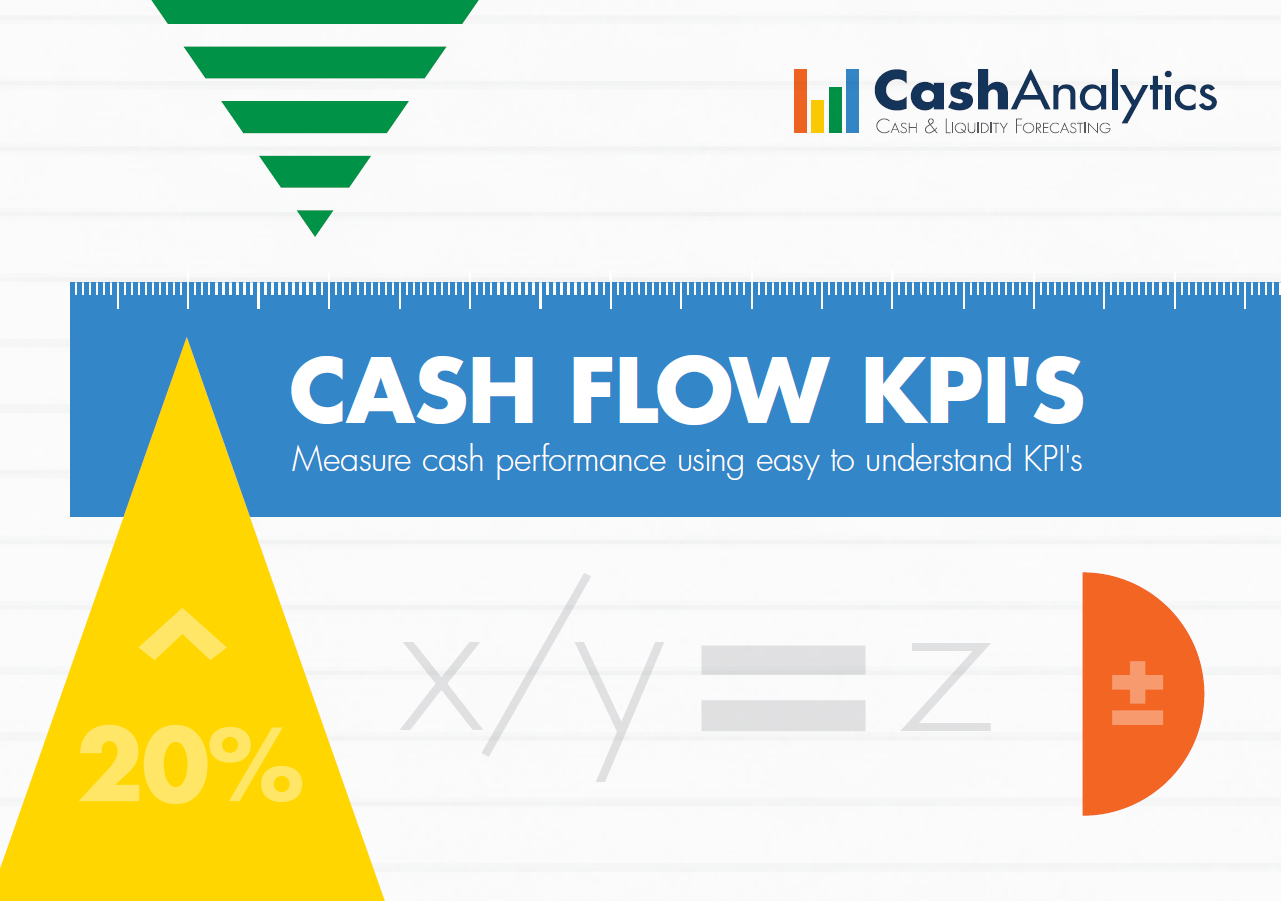
Cash-flow based metrics now feature prominently alongside traditional revenue measures of business performance in the key figures or financial summary pages of any public company.
On the financial summary page of its 2017 annual report, US supermarket giant Walmart listed operating cash flow and revenue as its financial key performance indicators. Indeed, cash-flow based metrics now feature prominently alongside traditional revenue measures of business performance in the key figures or financial summary pages of any public company. In the recent webcast accompanying Royal Dutch Shell’s 2017 results, CEO Ben van Beurden highlighted cash flow from operations and free cash flow as two of Shell’s three headline financial results – alongside revenue.
Activist Investors & Private Equity
While these cash flow KPIs aren’t new, their renewed prominence in recent years has been driven by investor appetite for simple, easy to interpret measures of financial performance. Private equity investors are well known for their focus on cash flow – using it as a primary measure of business performance and, ultimately, value. The increasingly active role investors are playing at a board room level in large public companies, alongside record levels of private investment and deal making, are two of the macro trends supporting this renewed focus on cash flow in most companies.
Strategic Input
Finance and treasury teams – seeking to better understand their own business, and contribute to strategic conversations happening in their organisation – are now using a range of cash flow-based metrics to measure and forecast profitability, valuation and efficiency KPIs on an ongoing basis. A short guide recently published by CashAnalytics outlines some of the most commonly used cash flow ratios and KPIs.
Cash Flow Profitability & Valuation KPIs
Any measure of cash flow profitability can be used to calculate these KPIs – the most commonly used being operating cash flow and free cash flow. Which one is more suitable will depend on the business and the audience. Some of the most common cash flow KPIs, using free cash flow as the basis, are:
Cash Flow Per Share
This is calculated by dividing free cash flow by the total number of outstanding shares in a company.

This allows an investor to quickly understand how much of a company’s free cash flow can be attributed to their share-holding.
Cash Flow Yield
This is calculated by dividing free cash flow by market capitalisation or another measure of company value.

This is a very simple way for both internal and external stakeholders to understand the cash flow return on a business, informing a range of investment, fundraising or asset sale decisions.
Cash Flow Margin
Cash flow margin is a measure of profitability calculated by dividing free cash flow by revenue.

Reductions in cash flow margin can be a leading indicator of poor business performance or upcoming cash flow challenges. This is useful when presented alongside traditional operating and net margin figures, and is sometimes seen as the true measure of business profitability.
A Simple Basis for Comparison
While providing insight into the health and performance of a business, cash flow-based metrics allow for a simple comparison to the performance of other companies or industry benchmarks. Comparing cash flow-based metrics to those of competitors – leading companies in the industry or companies of a similar size – is a simple yet powerful way to benchmark performance and financial health. Consider including these industry comparisons in management reporting to ensure that cash flow is always in focus.
Follow this link to download the short guide on cash flow KPIs.



